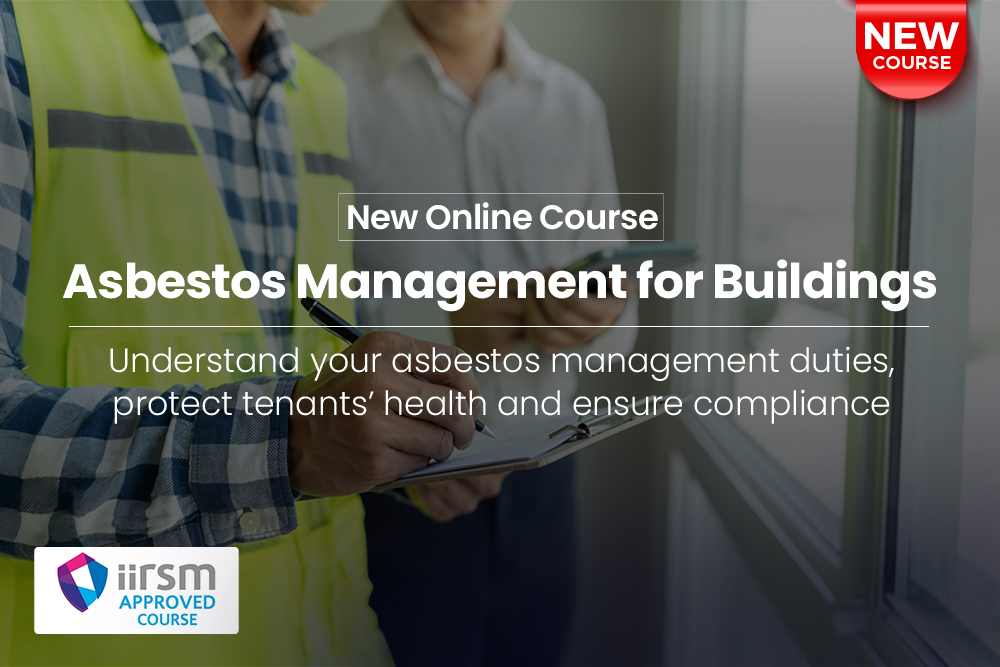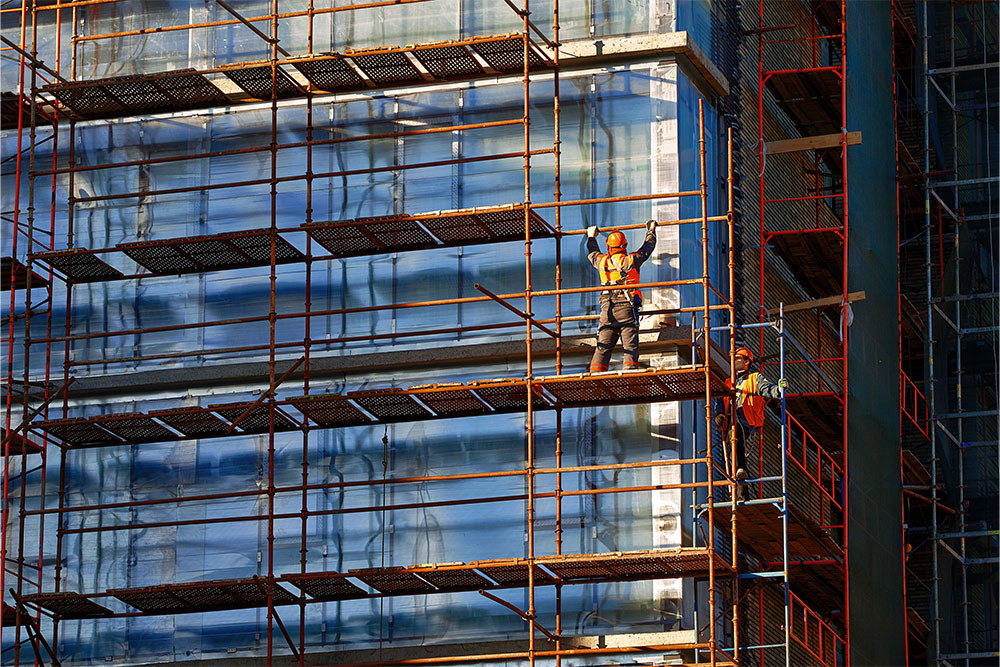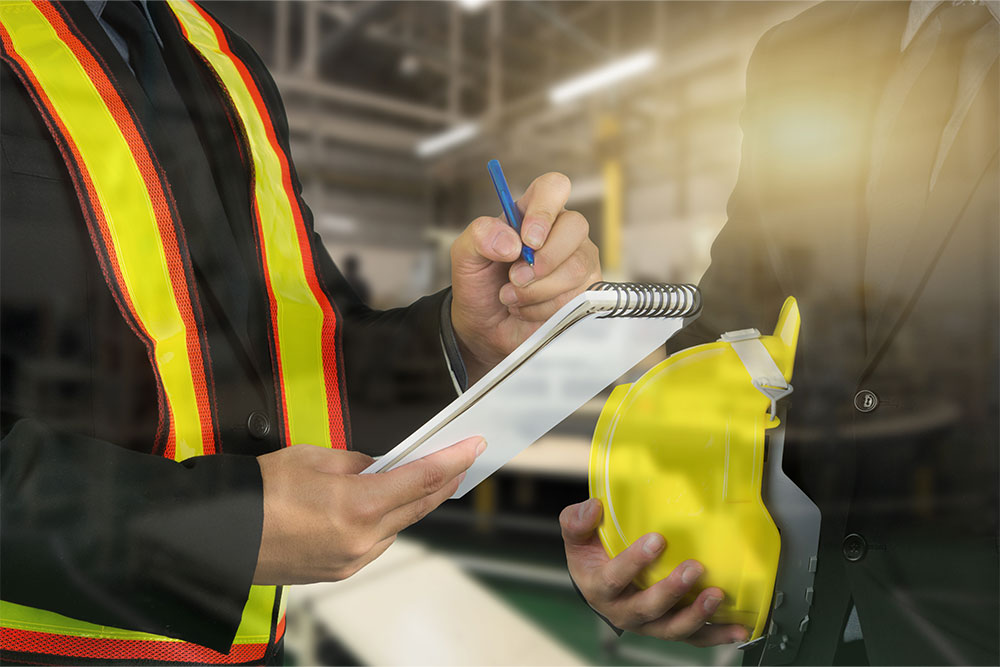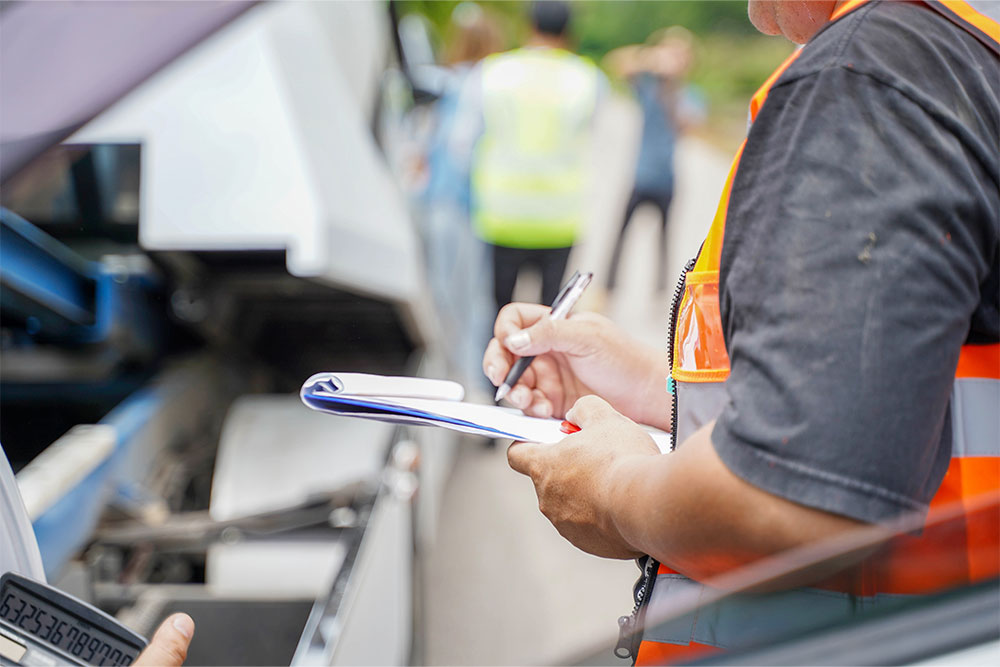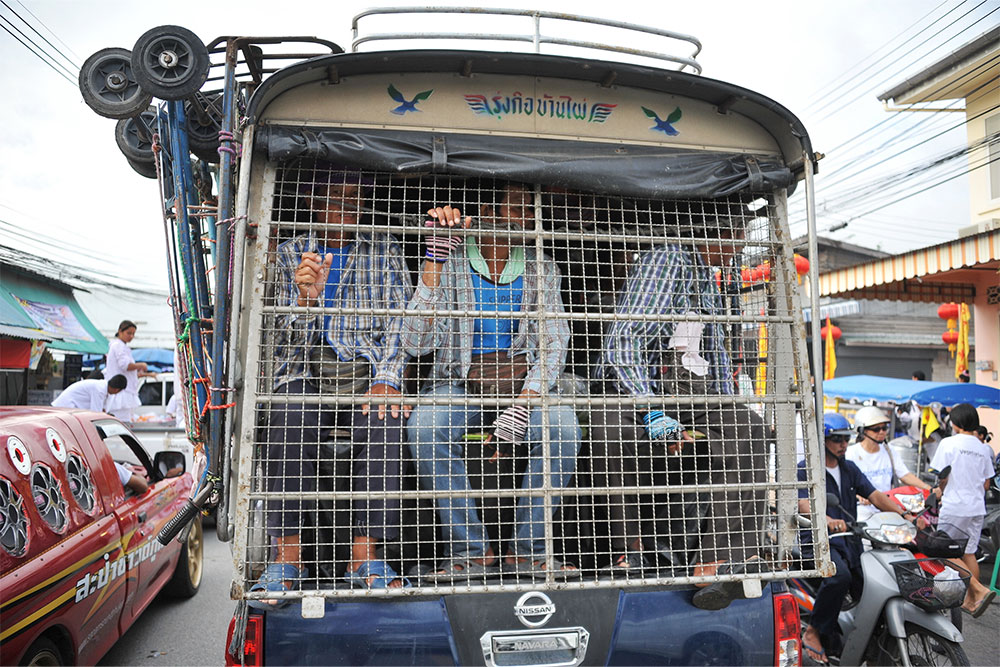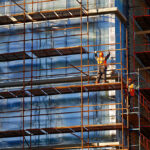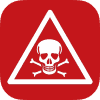
“How many fire extinguishers do I need?” is a common question employers ask. But as with other queries in health and safety compliance, there isn’t a standard answer. It depends on the workplace in question.
With this said, there is a minimum requirement all workplaces must start from. This guide covers the basics your workplace will need. It also explains how to determine the extra extinguishers you’ll need to comply with regulations and protect your premises and staff from fire risks.
UK Fire Extinguisher Regulations
UK fire extinguisher regulations are part of the Regulatory Reform (Fire Safety) Order 2005 (the FSO).
The FSO places a legal duty on a ‘responsible person’ to ensure fire safety within their premises. The ‘responsible person’ is the employer for workplaces. For other non-domestic properties, it’s the individual or organisation with control over the building in question, such as the landlord, owner or management company.
The responsible person must conduct a fire risk assessment of their premises to fulfil their fire safety duties. This assessment identifies fire risks and determines what control measures, including fire-fighting equipment, are necessary.
A detailed and current fire risk assessment is the only way to properly answer the question, “How many fire extinguishers do I need?” It will tell you the number and type of fire extinguishers necessary to ensure your premises is compliant with fire safety legislation.
It will also inform your emergency plans and evacuation routes, which will affect where you place your fire extinguishers.
However, there is a minimum requirement all non-domestic premises must start from.

Minimum Requirements
Under the FSO, every floor of a non-domestic premises must have at least two Class A fire extinguishers.
This type of extinguisher is effective against burning solid combustible materials, including paper, cardboard, fabric and wood. Because these materials are ubiquitous, every workplace needs at least two extinguishers to deal with the Class A fires they create.
The extinguishers that meet this requirement are:
- 3 litre foam
- 6 litre foam
- 9 litre water
You don’t need one of each. At least two extinguishers from this list must be on each floor of your premises. They’re usually placed close to alarm activation points and fire exits so occupants can use the extinguisher to tackle any fires blocking their path in an emergency.
Only extremely small workplaces, such as kiosks, are exempt from this rule as multiple extinguishers might obstruct escape routes and actually make people less safe.
Special Requirements
In addition to Class A extinguishers, you’ll likely need carbon dioxide (CO2) extinguishers, too.
Under the FSO, all workplaces with electrical equipment need CO2 as well as Class A extinguishers. (Class A extinguishers are unsafe to use for electrical fires.)
Specific requirements for workplaces with electrical equipment are:
- Minimum 2kg CO2 extinguishers
- Minimum 5kg CO2 extinguishers where equipment is 415 volt-rated
The number of CO2 extinguishers required will depend on the size and layout of your premises.
Because electrical equipment is used in almost all workplaces, CO2 extinguishers are commonplace and are often paired with Class A extinguishers. It’s not necessary to place your Class A and CO2 extinguishers together, but it’s a straightforward way to meet minimum requirements.
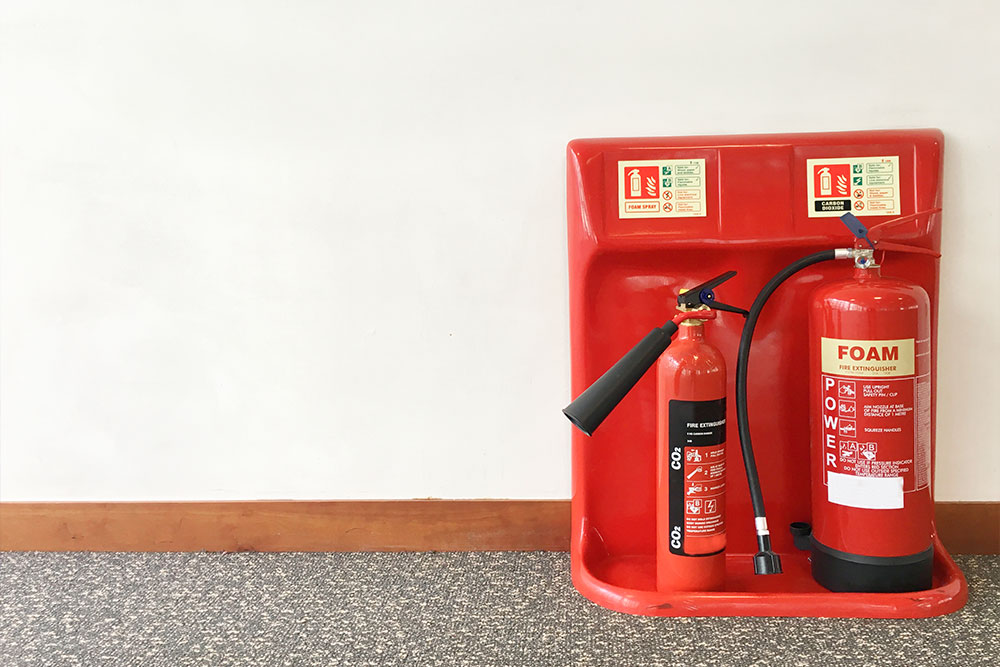
The minimum requirements may be enough to make your workplace compliant with the FSO if it’s relatively small and low-risk, like an office environment. Offices (and similar workplaces) have less diverse fire risks, meaning they possibly only need Class A and CO2 extinguishers.
However, different types of fire need different extinguishers. If your workplace has varied fire risks (e.g., combustible gases, burning metals or flammable liquids), you’ll need the corresponding extinguishers.
How Many Fire Extinguishers Do I Need for a Different Work Environment?
After fulfilling the minimum requirements, you should return to your fire risk assessment to determine what additional extinguishers your workplace needs to comply with the FSO.
As fire risk increases, so do the number and type of extinguishers needed. So, review the fire risks in your workplace. For each unique risk, you’ll need a matching fire extinguisher.
Exact requirements will depend on the nature of your workplace and the fire risk assessment findings, but common examples include:
- Wet chemical or dry powder fire extinguishers for kitchens where fats or oils may fuel fires. These areas will also need other fire-fighting gear like fire blankets.
- Dry powder and CO2 extinguishers for construction sites where fire risks are varied.
- M28/L2 powder extinguishers are specifically for burning metals, so they are often needed in industrial workplaces.
These additional extinguishers should be close to their corresponding fire risks. But be wary of placing them too close to heat sources or other hazards that may corrode or damage the extinguisher in some way.
Fire Extinguisher British Standards
While not legally enforceable, the British Standard BS5306 provides some good rules of thumb to help comply with the FSO (which is legally enforceable).
The first standard you can check your arrangements against uses square footage to calculate the number of Class A extinguishers you need beyond the minimum two.
Generally, you’ll need one Class A extinguisher for every 200 square metres (or 2,000 square feet) of floor space per storey.
This extinguisher should have a minimum rating of 13A, which indicates the size of fire it’ll be able to put out. (A 13A extinguisher is effective over an area equal to a stack of 13 sticks measuring 500mm each, hence the rating).
The BS5306 also offers guidance on fire extinguisher placement. It states that a fire extinguisher should be within 30 metres of any point on your premises. Evaluating the location of extinguishers in your workplace is a good way to check if you’ve got a sufficient number of extinguishers on-site.
Fire Extinguisher Training
Fire extinguishers are a requirement because they can save lives. An extinguisher in easy reach can help anyone create a safe escape route for themselves and their colleagues. In trained hands, an extinguisher could snuff out a fire before it burns out of control and puts people at risk.
So once you’ve answered, “How many fire extinguishers do I need?” it’s time to ask, “How do I use them?”
Our Fire Extinguisher Training course explains the proper technique for using an extinguisher effectively and without additional risk to the operator. It covers all types of extinguishers and when they’re safe (or unsafe) to use. Having this knowledge will help your staff react faster and more effectively, helping to protect property and lives should a fire break out.















































































































































































































































































































































































































































































































































































